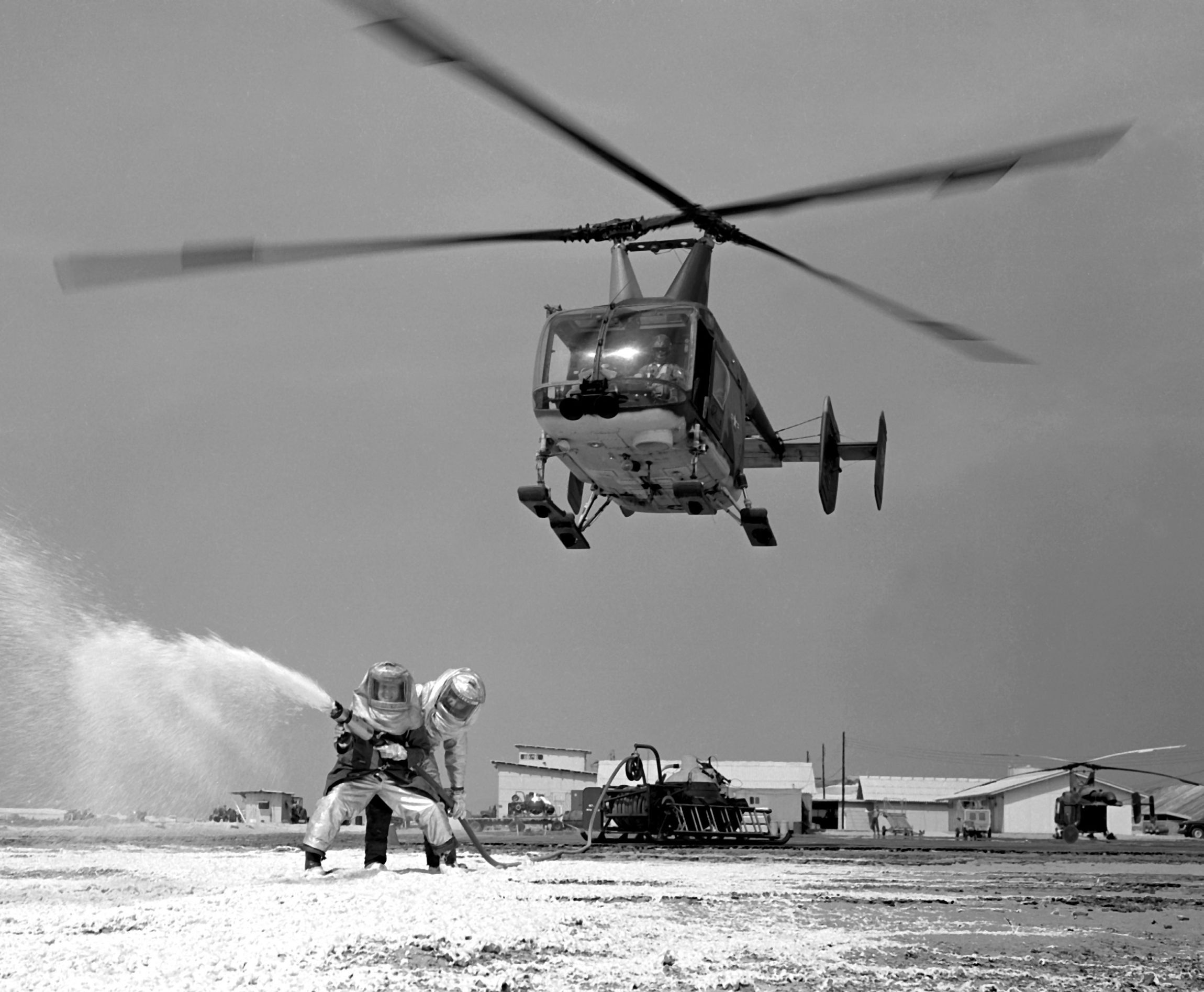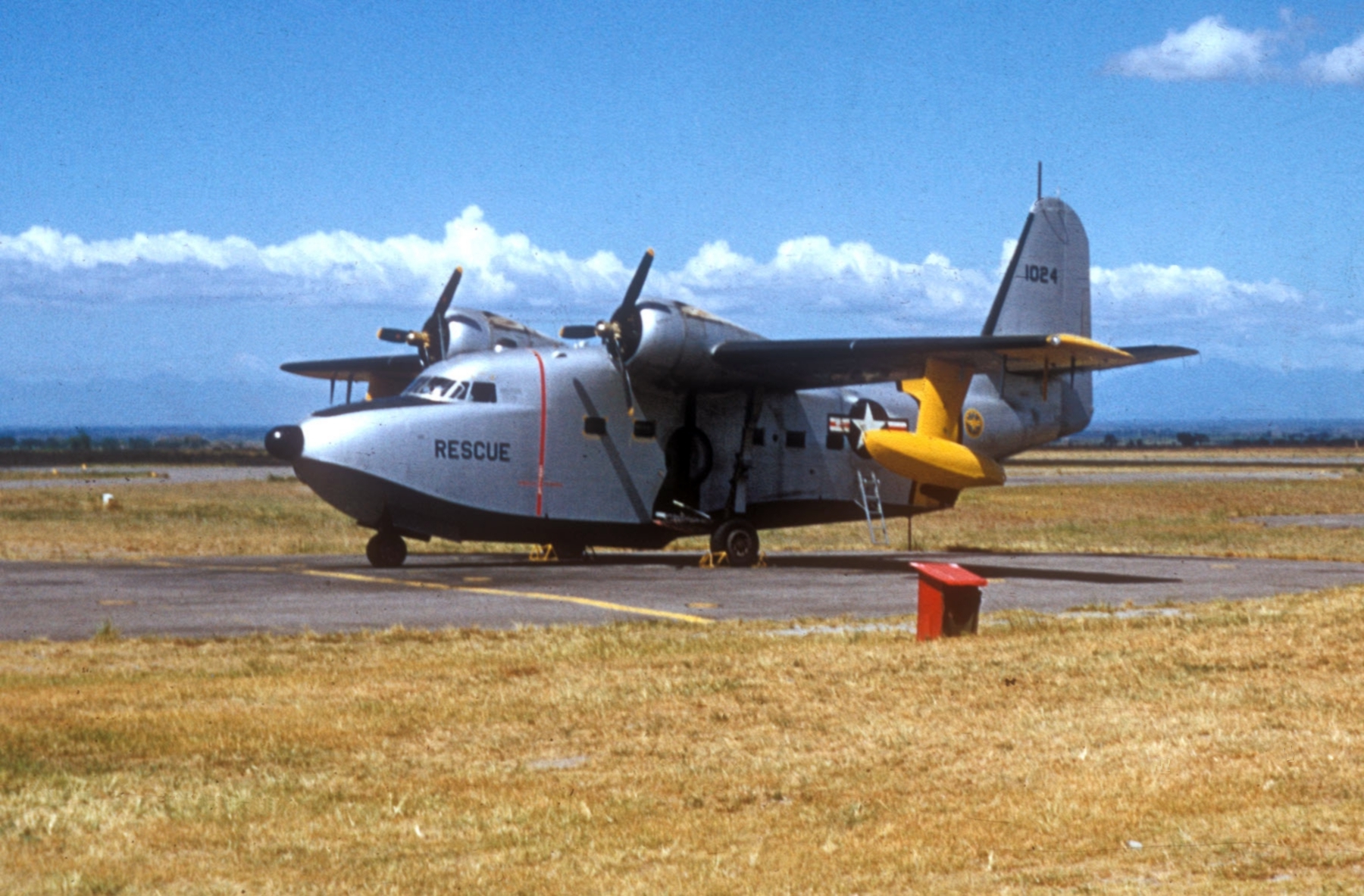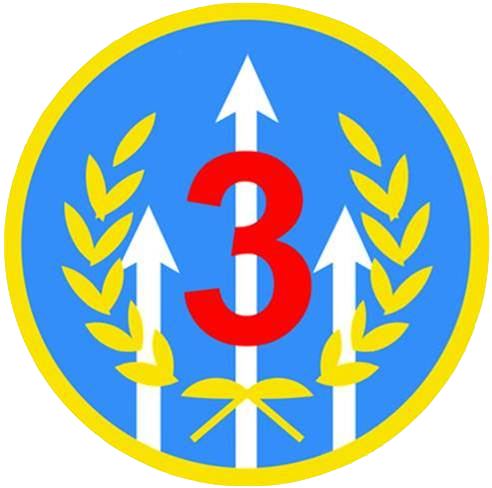|
31st Rescue Squadron
The 31st Rescue Squadron is part of the 18th Wing at Kadena Air Base, Japan. It trains, equips and employs combat-ready pararescue specialists. History The 31st Rescue Squadron was constituted as the 31st Air Rescue Squadron on 17 October 1952. They made combat rescues in Southeast Asia, 1965–1966 and also operated the Joint Rescue Coordination Center for Thirteenth Air Force, Apr 1967 – July 1975. They took part in disaster relief missions in the Philippines between 16–31 July 1990. As a USAF Special Operations Squadron the 31st was forward deployed at Osan Air Base, Korea from 1992–2001, while its headquarters at the 353d Special Operations Group was stationed at Kadena Air Base, Okinawa, Japan. Inactivated for a couple of years, in 2003 the squadron was redesignated the 31st Rescue Squadron under the 18th Wing and stationed at Kadena Air Base, Okinawa, Japan. Lineage * Constituted as the 31st Air Rescue Squadron on 17 October 1952 : Activated on 14 November 1952 ... [...More Info...] [...Related Items...] OR: [Wikipedia] [Google] [Baidu] |
HH-3E
The Sikorsky S-61R is a twin-engine helicopter used in transport or search and rescue roles. A developed version of the S-61/SH-3 Sea King, the S-61R was also built under license by Agusta as the AS-61R. The S-61R served in the United States Air Force as the CH-3C/E Sea King and the HH-3E Jolly Green Giant, and with the United States Coast Guard as the HH-3F "Pelican".United States Department of Defense. ''DOD 4120.15-L Model Designation of Military Aircraft, Rockets, and Guided Missiles''. Washington, DC: Department of Defense, 1974. p. A-40; 1998. p. A-43; 2004. p. 43. Development The Sikorsky S-61R was developed as a derivative of their S-61/SH-3 Sea King model. It features a substantially revised fuselage with a rear loading ramp, a conventional, though watertight, hull instead of the S-61's boat-hull, and retractable tricycle landing gear. The fuselage layout was used by Sikorsky for the larger CH-53 variants, and by the much later (though similarly sized) S-92. In ... [...More Info...] [...Related Items...] OR: [Wikipedia] [Google] [Baidu] |
Osan Air Base
Hanja:) , partof = , location = , nearest_town = Pyeongtaek, Gyeonggi Province , country = South Korea , image = Osan Air Base 51 FW F-16 A-10 Flyby.jpg , alt = US Air Force F-16C Fighting Falcon and A-10A Thunderbolt II aircraft of the 51st Fighter Wing flying over Osan Air Base in June 2009. , caption = US Air Force F-16C Fighting Falcon and A-10A Thunderbolt II aircraft of the 51st Fighter Wing flying over Osan Air Base in June 2009. , image2 = , alt2 = , caption2 = , type = US Air Force base , coordinates = , gridref = , image_map = , image_mapsize = , image_map_alt = , image_map_caption = , pushpin_map = South Korea , pushpin_mapsize = , pushpin_map_alt = , pushpin_map_caption = Location in South Korea , pushpin_relief = , pushpin_image = , pushpin_label = Osan AB , pushpin_label_position = , pushpin_mark = , pushpin_marksize = , ownership ... [...More Info...] [...Related Items...] OR: [Wikipedia] [Google] [Baidu] |
Kaman HH-43 Huskie
The Kaman HH-43 Huskie is a helicopter with intermeshing rotors used by the United States Air Force, the United States Navy and the United States Marine Corps from the 1950s until the 1970s. It was primarily used for aircraft firefighting and rescue in the close vicinity of air bases, but was later used as a short-range overland search and rescue aircraft during the Vietnam War. Under the aircraft designation system used by the U.S. Navy pre-1962, Navy and U.S. Marine Corps versions were originally designated as the HTK, HOK or HUK, for their use as training, observation or utility aircraft, respectively. Design and development In 1947 Anton Flettner, a German aviation engineer, was brought to New York in the United States as part of Operation Paperclip. He was the developer of Germany's Flettner Fl 282 "Kolibri" (Hummingbird), a helicopter employing the "synchropter" principle of intermeshing rotors, a unique design principle that dispenses with the need for a tail rotor. ... [...More Info...] [...Related Items...] OR: [Wikipedia] [Google] [Baidu] |
Douglas HC-54
Douglas may refer to: People * Douglas (given name) * Douglas (surname) Animals *Douglas (parrot), macaw that starred as the parrot ''Rosalinda'' in Pippi Longstocking * Douglas the camel, a camel in the Confederate Army in the American Civil War Businesses * Douglas Aircraft Company * Douglas (cosmetics), German cosmetics retail chain in Europe * Douglas (motorcycles), British motorcycle manufacturer Peerage and Baronetage * Duke of Douglas * Earl of Douglas, or any holder of the title * Marquess of Douglas, or any holder of the title * Douglas Baronets Peoples * Clan Douglas, a Scottish kindred * Dougla people, West Indians of both African and East Indian heritage Places Australia * Douglas, Queensland, a suburb of Townsville * Douglas, Queensland (Toowoomba Region), a locality * Port Douglas, North Queensland, Australia * Shire of Douglas, in northern Queensland Belize * Douglas, Belize Canada * Douglas, New Brunswick * Douglas Parish, New Brunswick * Doug ... [...More Info...] [...Related Items...] OR: [Wikipedia] [Google] [Baidu] |
Sikorsky H-19 Chickasaw
The Sikorsky H-19 Chickasaw (company model number S-55) was a multi-purpose helicopter used by the United States Army and United States Air Force. It was also license-built by Westland Aircraft as the Westland Whirlwind in the United Kingdom. United States Navy and United States Coast Guard models were designated HO4S, while those of the U.S. Marine Corps were designated HRS. In 1962, the U.S. Navy, U.S. Coast Guard and U.S. Marine Corps versions were all redesignated as H-19s like their U.S. Army and U.S. Air Force counterparts. Development Development of the H-19 was initiated privately by Sikorsky without government sponsorship. The helicopter was initially designed as a testbed for several novel design concepts intended to provide greater load-carrying ability in combination with easy maintenance. Under the leadership of designer Edward F. Katzenberger, a mockup was designed and fabricated in less than one year. The first customer was the United States Air Force, which o ... [...More Info...] [...Related Items...] OR: [Wikipedia] [Google] [Baidu] |
Grumman SA-16 Albatross
The Grumman HU-16 Albatross is a large, twin–radial engined amphibious seaplane that was used by the United States Air Force (USAF), the U.S. Navy (USN), and the U.S. Coast Guard (USCG), primarily as a search and rescue (SAR) aircraft. Originally designated as the SA-16 for the USAF and the JR2F-1 and UF-1 for the USN and USCG, it was redesignated as the HU-16 in 1962. A new build G-111T Albatross with modern avionics and engines was proposed in 2021 with production in Australia to commence in 2025. Design and development An improvement of the design of the Grumman Mallard, the Albatross was developed to land in open-ocean situations to accomplish rescues. Its deep-V hull cross-section and keel length enable it to land in the open sea. The Albatross was designed for optimal seas, and could land in more severe conditions, but required JATO (jet-assisted takeoff, or simply booster rockets) for takeoff in seas or greater. Operational history Most Albatrosses were used by the ... [...More Info...] [...Related Items...] OR: [Wikipedia] [Google] [Baidu] |
Marine Corps Air Station Futenma
is a United States Marine Corps base located in Ginowan, Okinawa, Japan, northeast of Naha, on the island of Okinawa. It is home to approximately 3,000 Marines of the 1st Marine Aircraft Wing and other units, and has been a U.S. military airbase since the defeat of the Japanese Imperial Army in the Battle of Okinawa in 1945. Marine Corps pilots and aircrew are assigned to the base for training and providing air support to other land and sea-based Marines in Okinawa and throughout the Asia-Pacific region. MCAS Futenma is part of the Marine Corps Installations Pacific command. MCAS Futenma is situated in Ginowan City (pop. 93,661). The base includes a runway at 75 meters elevation, as well as extensive barracks, administrative and logistical facilities. The air station is tasked with operating a variety of fixed wing, rotary wing and tilt rotor aircraft in support of the III Marine Expeditionary Force, the Japan U.S. defense alliance and many allies and treaty partners in ... [...More Info...] [...Related Items...] OR: [Wikipedia] [Google] [Baidu] |
Ching Chuan Kang Air Base
Ching Chuan Kang Air Base ( zh, t=清泉崗空軍基地, CCK) is a Republic of China Air Force (ROCAF) base located in Taichung, Taiwan. It is the home to the 3rd Tactical Fighter Wing, with three squadrons of AIDC F-CK-1 Ching-kuo fighter aircraft. It is also used by the army's airborne and special operations command. Ching Chuan Kang Air Base is shared with Taichung International Airport . History The forerunner to CCK Air Base was built in 1936, during Taiwan under Japanese rule, Japanese rule, in the vicinity of Kōkan (Japanese: 公館), hence the former name Kōkan Airport. Construction of the airfield started in 1954, and was given the highest priority of several projects begun after the situation between Taiwan and Mainland China became tense in the mid-1950s. The air base was renamed Ching Chuan Kang Air Base on 20 March 1966 in memory of ROC Army Gen. Qiu Qingquan, and was thereafter known throughout the theater by its initials, CCK. As of the late 1990s, ... [...More Info...] [...Related Items...] OR: [Wikipedia] [Google] [Baidu] |
Naha Air Base
, formally known as the , is an air base of the Japan Air Self-Defense Force formerly under control of the United States Air Force. It is located at Naha Airport on the Oroku Peninsula in Naha, Okinawa, Japan. History Imperial Period Naha Airfield was constructed in 1933 as Oroku Naval Air Base, an air base of the Imperial Japanese Navy (IJN). In 1936 control of the air base was transferred to the Japanese Ministry of Communications and formally renamed Naha Airfield. In 1942 control of the air base again reverted to the IJN, which reverted the name of the installation to Oroku Naval Air Base. The facility was captured by the United States during World War II in the Battle of Okinawa on 1 April 1945. US period After World War II the installation became a major United States Air Force (USAF) base under the operational control of Pacific Air Forces (PACAF), and was known as Naha Air Base (Naha AB). The installation became a joint military-civilian air field in 1954 with the resu ... [...More Info...] [...Related Items...] OR: [Wikipedia] [Google] [Baidu] |
Clark Air Base
Clark Air Base is a Philippine Air Force base on Luzon Island in the Philippines, located west of Angeles City, about northwest of Metro Manila. Clark Air Base was previously a United States military facility, operated by the U.S. Air Force under the aegis of Pacific Air Forces (PACAF) and their predecessor organizations from 1903 to 1991. The base covered with a military reservation extending north that covered another . The base was a stronghold of the combined Philippine and American forces during the final months of World War II and a backbone of logistical support during the Vietnam War until 1975. Following the departure of American forces in 1991 due to the eruption of Mount Pinatubo, the base became the site of Clark International Airport, as well as the Clark Freeport Zone and the Air Force City of the Philippine Air Force. In April 2016, an Air Contingent of USAF A-10s and HH-60s was deployed from U.S. air bases in Pyeongtaek and Okinawa to Clark. The Ai ... [...More Info...] [...Related Items...] OR: [Wikipedia] [Google] [Baidu] |






